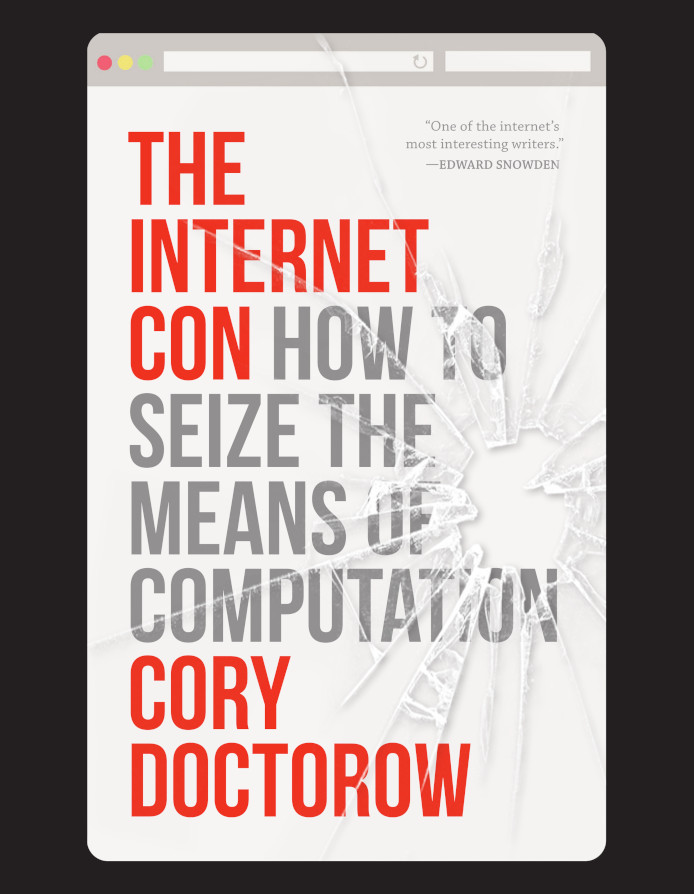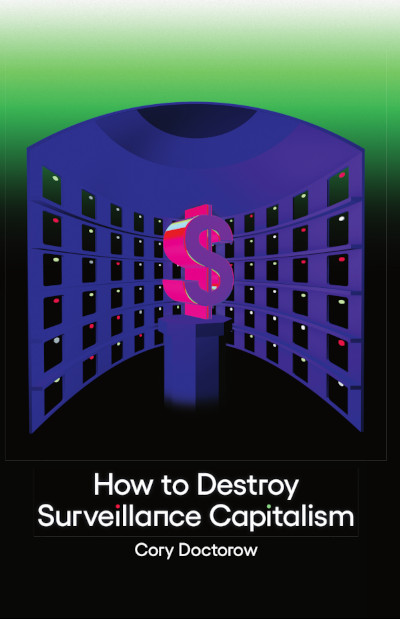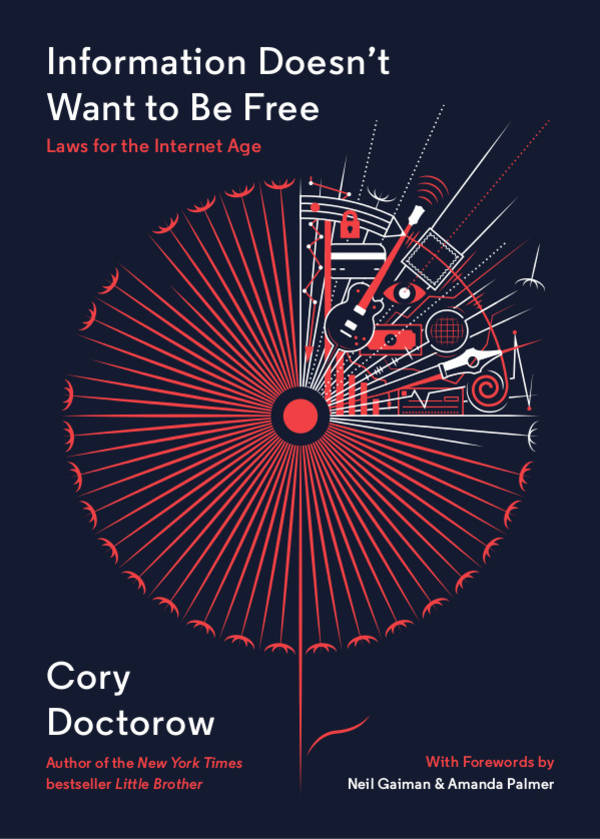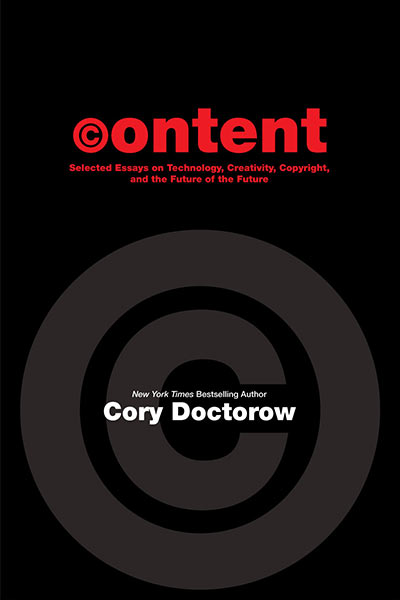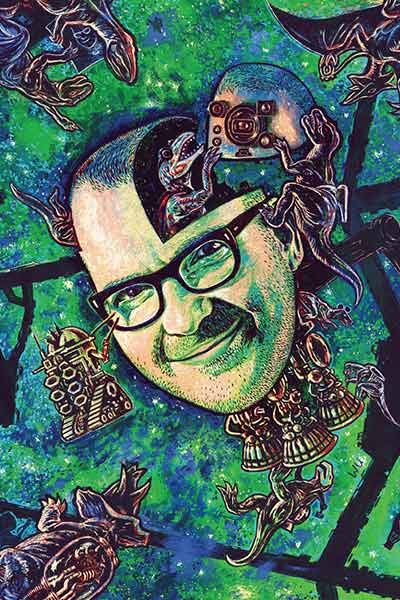My latest Locus column is The Engagement-Maximization Presidency, and it proposes a theory to explain the political phenomenon of Donald Trump: we live in a world in which communications platforms amplify anything that gets “engagement” and provides feedback on just how much your message has been amplified so you can tune and re-tune for maximum amplification.
Peter Watts’s 2002 novel Maelstrom illustrates a beautiful, terrifying example of this, in which a mindless, self-modifying computer virus turns itself into a chatbot that impersonates patient zero in a world-destroying pandemic; even though the virus doesn’t understand what it’s doing or how it’s doing it, it’s able to use feedback to refine its strategies, gaining control over more resources with which to try more strategies.
P>
It’s a powerful metaphor for the kind of cold reading we see Trump engaging in at his rallies, and for the presidency itself. I think it also explains why getting Trump of Twitter is impossible: it’s his primary feedback tool, and without it, he wouldn’t know what kinds of rhetoric to double down on and what to quietly sideline.
Maelstrom is concerned with a pandemic that is started by its protagonist, Lenie Clark, who returns from a deep ocean rift bearing an ancient, devastating pathogen that burns its way through the human race, felling people by the millions.
As Clark walks across the world on a mission of her own, her presence in a message or news story becomes a signal of the utmost urgency. The filters are firewalls that give priority to some packets and suppress others as potentially malicious are programmed to give highest priority to any news that might pertain to Lenie Clark, as the authorities try to stop her from bringing death wherever she goes.
Here’s where Watt’s evolutionary biology shines: he posits a piece of self-modifying malicious software – something that really exists in the world today – that automatically generates variations on its tactics to find computers to run on and reproduce itself. The more computers it colonizes, the more strategies it can try and the more computational power it can devote to analyzing these experiments and directing its randomwalk through the space of all possible messages to find the strategies that penetrate more firewalls and give it more computational power to devote to its task.
Through the kind of blind evolution that produces predator-fooling false eyes on the tails of tropical fish, the virus begins to pretend that it is Lenie Clark, sending messages of increasing convincingness as it learns to impersonate patient zero. The better it gets at this, the more welcoming it finds the firewalls and the more computers it infects.
At the same time, the actual pathogen that Lenie Clark brought up from the deeps is finding more and more hospitable hosts to reproduce in: thanks to the computer virus, which is directing public health authorities to take countermeasures in all the wrong places. The more effective the computer virus is at neutralizing public health authorities, the more the biological virus spreads. The more the biological virus spreads, the more anxious the public health authorities become for news of its progress, and the more computers there are trying to suck in any intelligence that seems to emanate from Lenie Clark, supercharging the computer virus.
Together, this computer virus and biological virus co-evolve, symbiotes who cooperate without ever intending to, like the predator that kills the prey that feeds the scavenging pathogen that weakens other prey to make it easier for predators to catch them.
The Engagement-Maximization Presidency [Cory Doctorow/Locus]
(Image: Kevin Dooley, CC-BY; Trump’s Hair)




